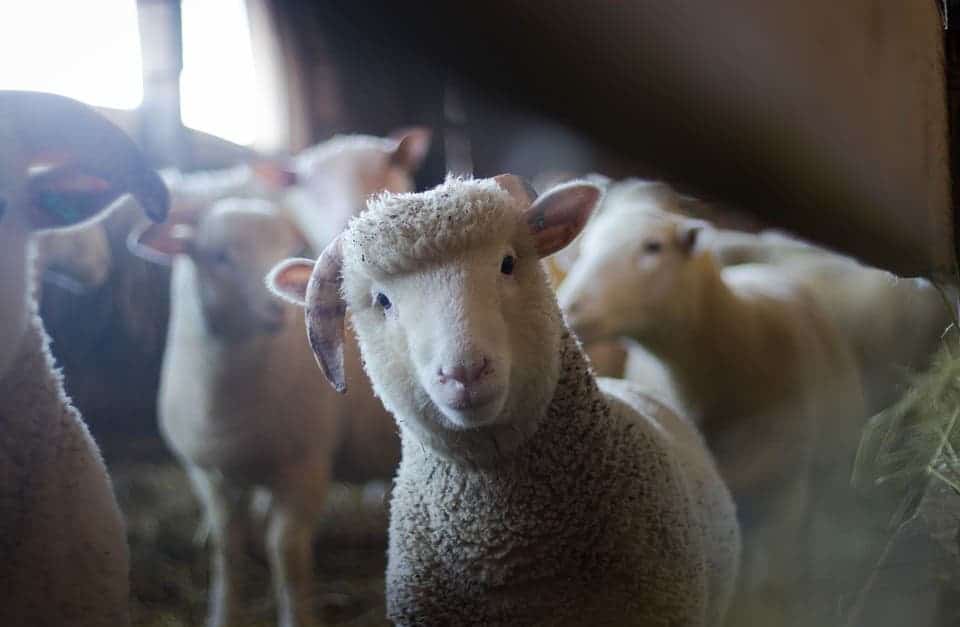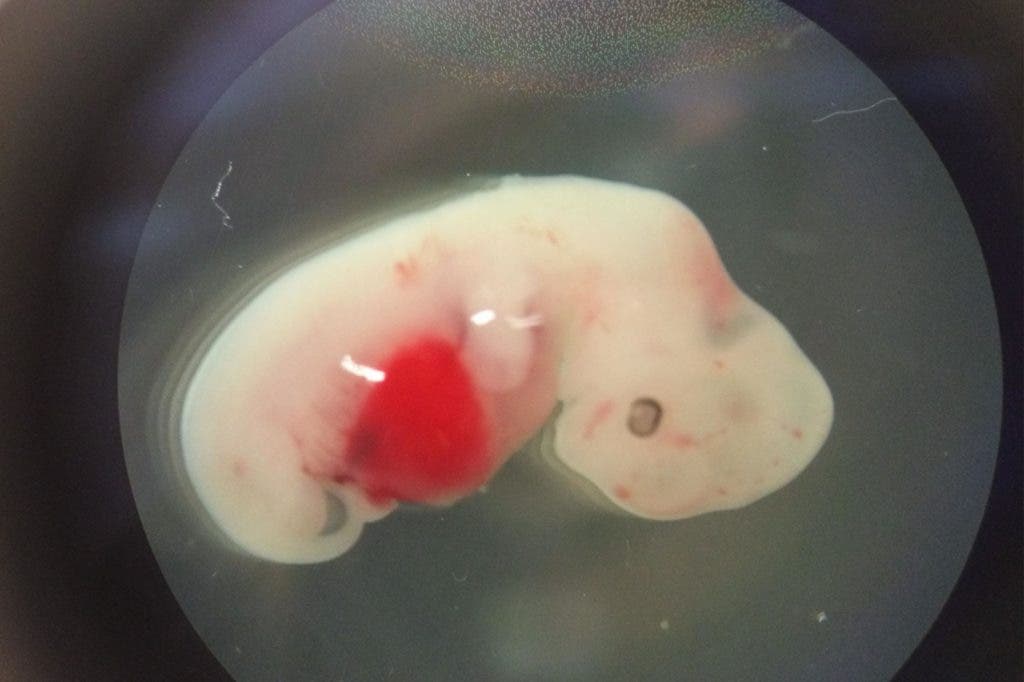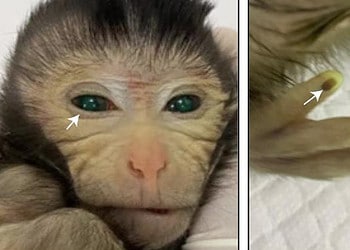It sounds like something out of a bad science fiction novel, but scientists really have produced sheep-human hybrid embryos. Only a tiny fraction of the resulting embryos contains human cells, however. In time, as scientists breed hybrids with a higher and higher fraction of human cells, such chimeras could have their organs harvested for human transplants.

The startling research was carried out by a team led by researchers at Stanford University. This is the second time scientists have successfully created a human-animal hybrid since last year’s breakthrough, when a pig-human hybrid was bred.
This isn’t some pointless mad science. Ultimately, human-animal chimeras could be bred to supply people who are in dire need of a transplant with fully biocompatible organs. In the United States alone, 22 people on the list for organ transplants die each day because there aren’t enough donors. And even if a patient is lucky enough to access a donor’s organs, life isn’t easy at all following the transplant.
Today, even the most well-matched organs can’t last long because our immune system continuously attacks them, seeing them as foreign bodies that need to be destroyed. That’s what immunosuppressant drugs are for, which transplant patients have to take all their lives. In the worst case, complications can force them to undergo a new transplant surgery or risk death.
That’s the end goal but, so far, we’re quite far from attaining it. The sheep-human embryos that Pablo Ross of the University of California, Davis, and colleagues, produced have only about one human cell for every 10,000 sheep cells. Scientists say that for a transplant to work, at least one percent of the embryo’s cells would need to be human. The hybrid embryos were destroyed after 28 days.
To make a chimera, scientists first isolate stem cells from the organisms they want to cross — the kind that can differentiate into any type of cell, i.e. skin, liver, etc. Then, stem cells from one species are inserted into the embryo of another. By hacking the embryo’s DNA, it is theoretically possible to instruct the organism not to grow a particular organ, which offers the interloping cells the opportunity to fill in the gap. This is how scientists hope to ultimately grow functional human organs, such as a heart or liver, inside a pig or other animal.

Sheep embryos have desirable properties that made them appealing to the American researchers. They can be easily produced by in vitro fertilization (IVF) and require fewer embryos to be transplanted into an adult than pigs. According to Ross, scientists typically transfer 50 embryos to one recipient pig while for a sheep only four embryos per recipient are typically needed. Like pigs, sheep produce organs of about the right size for the human body, such as the heart and lungs.
These most recent developments presented last Saturday at the 2018 American Association for the Advancement of Science annual meeting in Austin, Texas, signify a new step forward in this direction. In the future, the researchers will gradually increase the human cell count in the hybrids, fine tuning the procedure until one day whole organs can be grown and ultimately harvested. But meanwhile, with each new iteration, the ethical debate will only intensify.
“The contribution of human cells so far is very small. It’s nothing like a pig with a human face or human brain,” said Hiro Nakauchi, a Stanford University researcher.
Breeding animals for the sole purpose of harvesting their organs may seem cruel and vile. Then again, some might argue that breeding livestock for food is not all that different, and most people don’t seem to have any qualms there. Certainly, this is no easy discussion.
“All of these approaches are controversial, and none of them are perfect, but they offer hope to people who are dying on a daily basis,” Ross says.
“We need to explore all possible alternatives to provide organs to ailing people.”






